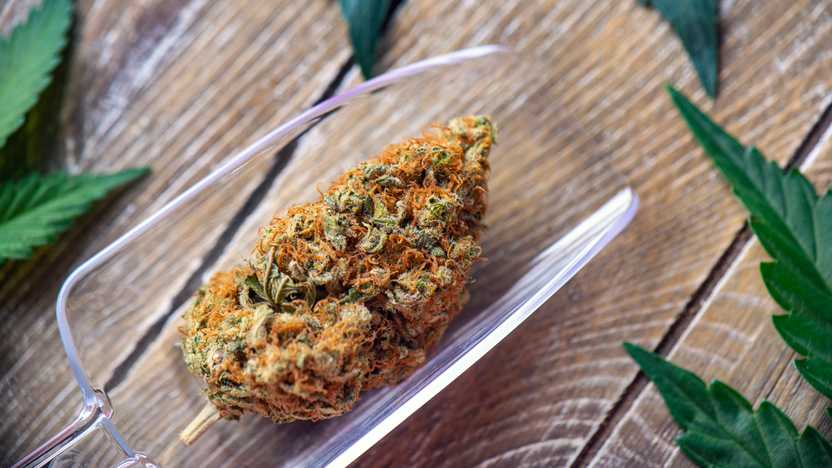What is the best way to undergo a no-scalpel vasectomy?
Making a male infertile through surgery is called a vasectomy. Sperm and semen are unable to combine after the procedure. This is the secreted fluid from the penis.
During a vasectomy, two tiny incisions in the scrotum are routinely made with a scalpel.
Compared to a traditional vasectomy, the no-scalpel procedure causes less bleeding and has a quicker recovery time.
In the US, about 500,000 men have a vasectomy annually. They do this to prevent pregnancy. Most married, reproductive-age men who do not want to have children or who do not wish to have more children do a vasectomy to prevent having any more.
Confused if it’s the right option for you? Consider getting an expert’s opinion on the best course of action and the possible outcomes for Vasectomy Brooklyn, New York.
Traditional vs. no-scalp vasectomy
How the surgeon reaches the vas deferens is the fundamental distinction between no-scalpel and traditional vasectomies. The vas deferens carry sperm through the urethra, which combines with semen.
During traditional surgery, a cut is made on either side of the scrotum to access the vas deferens. A needle is used to puncture a tiny hole in the scrotum during a no-scalpel vasectomy to access the ducts while holding the vas deferens in place from outside the scrotum.
An analysis from 2014 found that no-scalpel vasectomy leads to almost five times fewer infections, hematomas, and other problems.
Additionally, it can be completed more quickly than a standard vasectomy and doesn’t call for sutures to seal wounds. Minor discomfort and bleeding are also benefits of no-scalpel vasectomy.
Complications that may arise
Following treatment, you may experience some soreness for a few days. Rare complications do occur. If they do happen, they might involve:
- scrotum erythema, edema, or oozing (signs of infection)
- difficulty urinating
- pain that your prescribed drugs are unable to control
A lump in your testicles caused by an accumulation of sperm following a vasectomy is yet another potential problem. It’s known as a sperm granuloma. An NSAID may ease some of the pain and lessen the swelling surrounding the tumor.
Granulomas often go away on their own, though a steroid injection may be required to hasten the process.
Similar to hematomas, they frequently disappear on their own. However, make an appointment with your doctor immediately for a follow-up visit if you feel pain or swelling in the weeks after your treatment.



